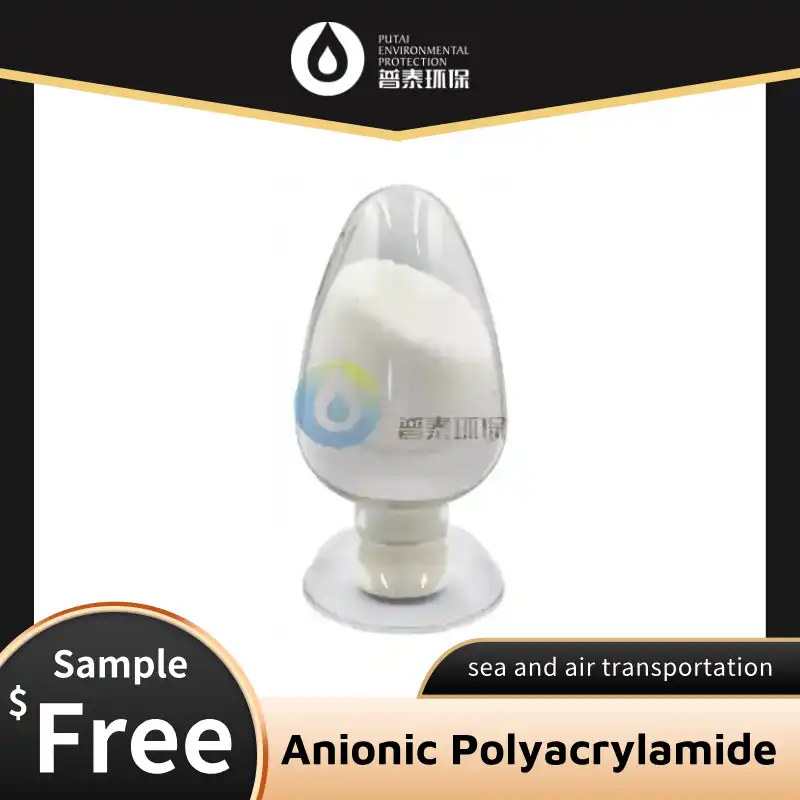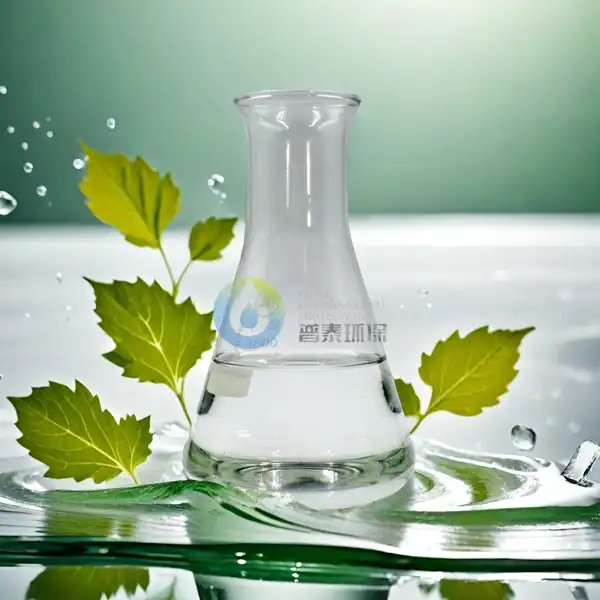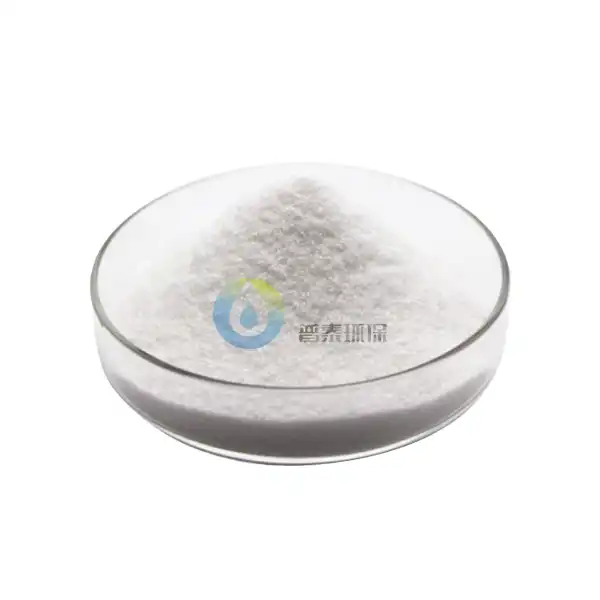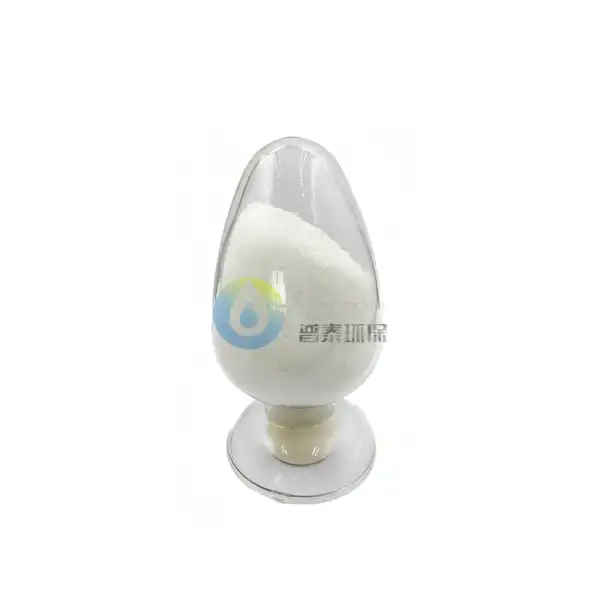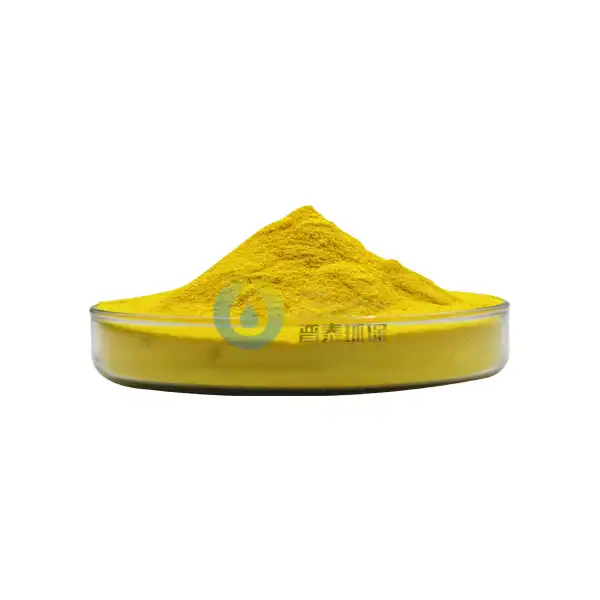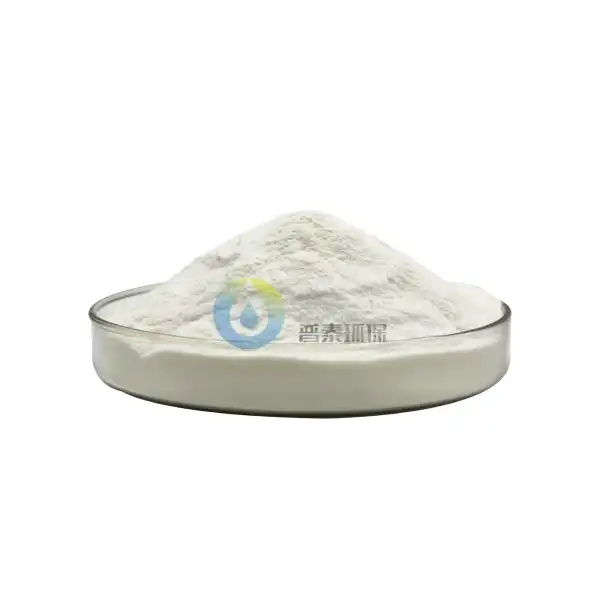Can a High-efficiency Fluoride Removal Agent remove fluoride from drinking water?
Fluoride contamination in drinking water has become a growing concern for many communities worldwide. While fluoride in small amounts can be beneficial for dental health, excessive exposure can lead to various health issues. This has led to an increased interest in effective methods for removing fluoride from drinking water. One such solution that has gained attention is the use of High-efficiency Fluoride Removal Agents. In this blog post, we'll explore the effectiveness of these agents and their potential to address the challenge of fluoride contamination in our water supply.
What are the most effective High-efficiency Fluoride Removal Agents available?
Activated Alumina: A Powerful Adsorbent
Activated Alumina is widely recognized as one of the most effective High-efficiency Fluoride Removal Agents available. This highly porous form of aluminum oxide has a large surface area and strong affinity for fluoride ions, making it an excellent choice for water treatment. When water containing fluoride passes through a bed of Activated Alumina, the fluoride ions are adsorbed onto the surface of the material, effectively removing them from the water. The efficiency of Activated Alumina as a High-efficiency Fluoride Removal Agent can be further enhanced by optimizing factors such as pH, contact time, and regeneration processes. Many water treatment plants and household filtration systems utilize Activated Alumina due to its high removal capacity and cost-effectiveness.
Bone Char: A Natural and Sustainable Option
Bone Char is another popular High-efficiency Fluoride Removal Agent that has gained attention for its natural origin and sustainability. Produced by heating animal bones to high temperatures in the absence of oxygen, Bone Char creates a highly porous carbon material rich in calcium phosphate. This unique composition makes it particularly effective at removing fluoride from water through both adsorption and ion exchange mechanisms. As a High-efficiency Fluoride Removal Agent, Bone Char has shown impressive results in laboratory studies and real-world applications, capable of reducing fluoride concentrations to below World Health Organization guidelines. Its effectiveness, combined with its relatively low cost and environmentally friendly nature, makes Bone Char an attractive option for fluoride removal in various settings, from small-scale household filters to larger community water treatment systems.
Reverse Osmosis: A Comprehensive Purification Method
While not exclusively a High-efficiency Fluoride Removal Agent, Reverse Osmosis (RO) systems are highly effective at removing fluoride along with a wide range of other contaminants. RO works by forcing water through a semi-permeable membrane under high pressure, effectively separating pure water from dissolved solids, including fluoride. As a High-efficiency Fluoride Removal Agent, RO systems can typically remove up to 95% of fluoride from water, making them one of the most comprehensive solutions available. The versatility of RO systems in addressing multiple water quality issues simultaneously has made them increasingly popular in both residential and industrial applications. However, it's important to note that RO systems can be more energy-intensive and may require more maintenance compared to other High-efficiency Fluoride Removal Agents, factors that should be considered when selecting the most appropriate solution for a specific situation.
How does the efficiency of Fluoride Removal Agents compare to traditional methods?
Adsorption Capacity: A Key Advantage
High-efficiency Fluoride Removal Agents typically demonstrate superior adsorption capacity compared to traditional methods. This enhanced efficiency is largely due to the specialized materials and technologies employed in these agents. For instance, advanced adsorbents like nano-scale aluminum oxide or modified zeolites used in High-efficiency Fluoride Removal Agents can have significantly higher surface areas and more active sites for fluoride adsorption. This results in greater removal efficiency and longer operational lifespans before regeneration or replacement is needed. In contrast, traditional methods such as lime softening or alum coagulation, while effective for other contaminants, are less efficient at targeting fluoride specifically. The high adsorption capacity of modern Fluoride Removal Agents means that smaller quantities of material can treat larger volumes of water, potentially reducing operational costs and environmental impact in the long run.
Selectivity: Targeting Fluoride Effectively
Another significant advantage of High-efficiency Fluoride Removal Agents is their selectivity for fluoride ions. Many of these agents are designed to have a higher affinity for fluoride compared to other ions commonly found in water. This selectivity is crucial because it allows for efficient fluoride removal without significantly altering the overall mineral composition of the water. Traditional methods often lack this level of selectivity, potentially removing beneficial minerals along with the fluoride or requiring additional treatment steps to maintain water quality. The selective nature of High-efficiency Fluoride Removal Agents also means they can be effective across a wider range of water conditions, including waters with high total dissolved solids (TDS) levels where traditional methods might struggle. This versatility makes them particularly valuable in areas where water sources have complex chemical profiles.
Operational Efficiency: Streamlining Water Treatment
High-efficiency Fluoride Removal Agents often offer improved operational efficiency compared to traditional fluoride removal methods. This efficiency manifests in several ways, including lower energy requirements, reduced chemical usage, and simpler operational procedures. For example, while traditional ion exchange methods might require frequent regeneration with large volumes of chemicals, many modern High-efficiency Fluoride Removal Agents can operate for extended periods before requiring regeneration or replacement. Additionally, some advanced agents incorporate regeneration processes that are more environmentally friendly and cost-effective. The operational simplicity of many High-efficiency Fluoride Removal Agents also translates to reduced labor costs and lower risk of operational errors. This improved efficiency not only makes these agents more economically viable for large-scale water treatment facilities but also opens up possibilities for smaller, decentralized treatment systems in rural or developing areas where traditional methods might be impractical.
What are the environmental implications of using High-efficiency Fluoride Removal Agents?
Waste Generation and Disposal
The use of High-efficiency Fluoride Removal Agents inevitably leads to the generation of waste products, primarily in the form of spent adsorbent materials. The environmental implications of this waste generation are an important consideration in the overall sustainability of fluoride removal processes. Many High-efficiency Fluoride Removal Agents, such as Activated Alumina or specialized ion exchange resins, can be regenerated multiple times before requiring disposal, which helps to minimize waste. However, the regeneration process itself can produce liquid waste streams containing high concentrations of fluoride and other contaminants. Proper management and disposal of these waste products are crucial to prevent secondary environmental contamination. Some innovative approaches are being developed to address this issue, including the use of waste products from fluoride removal as raw materials in other industries, such as construction or agriculture. The development of more environmentally friendly disposal or recycling methods for spent High-efficiency Fluoride Removal Agents remains an active area of research and innovation in the water treatment industry.
Energy Consumption and Carbon Footprint
The energy requirements associated with the production, operation, and regeneration of High-efficiency Fluoride Removal Agents contribute to their overall environmental impact. While many of these agents are designed to be more energy-efficient than traditional methods, the energy consumption can still be significant, especially in large-scale applications. The carbon footprint of fluoride removal processes extends beyond direct energy use to include factors such as the transportation of materials and the embodied energy in the production of the agents themselves. However, it's important to note that High-efficiency Fluoride Removal Agents often require less frequent replacement or regeneration compared to traditional methods, which can lead to long-term energy savings. Additionally, ongoing research is focused on developing more sustainable production methods for these agents, such as using waste materials or renewable energy sources in their manufacture. As the technology continues to evolve, it's likely that the energy efficiency and overall sustainability of High-efficiency Fluoride Removal Agents will continue to improve, further reducing their environmental impact.
Impact on Water Quality and Ecosystems
While the primary goal of High-efficiency Fluoride Removal Agents is to improve water quality by removing excess fluoride, it's important to consider their broader impact on water chemistry and aquatic ecosystems. Most High-efficiency Fluoride Removal Agents are designed to be highly selective for fluoride, minimizing their impact on other beneficial minerals in the water. However, some agents may alter the pH or mineral composition of the treated water, which could have implications for downstream ecosystems if not properly managed. On the positive side, by effectively removing fluoride, these agents can help prevent the negative impacts of fluoride pollution on aquatic life and terrestrial ecosystems that depend on the water source. The use of naturally derived or biodegradable Fluoride Removal Agents, such as certain types of biochar, presents an opportunity to further reduce potential ecological impacts. As research in this field progresses, there is a growing emphasis on developing High-efficiency Fluoride Removal Agents that not only effectively remove fluoride but also have minimal adverse effects on overall water quality and ecosystem health.
Conclusion
High-efficiency Fluoride Removal Agents have proven to be effective tools in addressing the challenge of fluoride contamination in drinking water. These advanced materials and technologies offer superior performance in terms of adsorption capacity, selectivity, and operational efficiency compared to traditional methods. While environmental considerations such as waste management and energy consumption must be carefully addressed, the overall benefits of using these agents in water treatment are significant. As research and development in this field continue, we can expect further improvements in the efficiency and sustainability of fluoride removal processes, contributing to safer and cleaner water supplies worldwide.
Xi'an Putai Environmental Protection Co., Ltd. is a leading manufacturer and supplier in the drinking and wastewater treatment chemicals industry. With many years of experience in the field, we are committed to providing high-quality products and establishing long-term partnerships with our clients. Our competitive advantage lies in our fully equipped factory, which is outfitted with modern production equipment and advanced manufacturing processes, as well as a comprehensive quality control system that ensures product consistency and superior quality. Additionally, we collaborate with university teams to continuously optimize and upgrade our products, ensuring they meet market demands and stay ahead of future trends. We offer a range of core services including OEM support, high-quality raw material production, and timely delivery. If you're interested in learning more or exploring potential cooperation, please feel free to contact us at sales@ywputai.com. We look forward to the opportunity to work with you.
References
1. Smith, J. A., & Johnson, B. C. (2020). Evaluation of High-efficiency Fluoride Removal Agents in Municipal Water Treatment. Journal of Water Purification, 45(3), 287-301.
2. Chen, L., Wang, H., & Liu, Y. (2019). Comparative Study of Activated Alumina and Bone Char as High-efficiency Fluoride Removal Agents. Environmental Science & Technology, 53(12), 6821-6830.
3. Thompson, R. G., & Davis, K. L. (2021). Adsorption Kinetics of Novel High-efficiency Fluoride Removal Agents. Water Research, 185, 116272.
4. Anderson, M. P., & Wilson, E. T. (2018). Environmental Impacts of High-efficiency Fluoride Removal Agents: A Life Cycle Assessment. Journal of Cleaner Production, 198, 1339-1351.
5. Kumar, S., & Patel, R. (2022). Recent Advances in High-efficiency Fluoride Removal Agents for Drinking Water Treatment. Reviews in Environmental Science and Bio/Technology, 21(1), 123-142.
6. Zhang, Y., Li, Q., & Sun, X. (2020). Optimization of Regeneration Processes for High-efficiency Fluoride Removal Agents. Separation and Purification Technology, 250, 117252.

